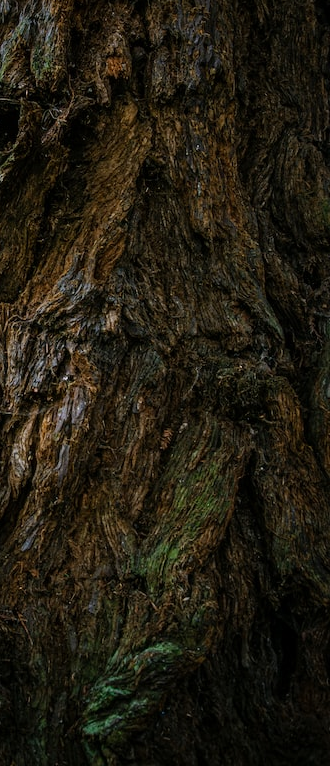

From seeds
The majority of native or naturalized tree species growing within the UK can be grown from seeds dropped naturally from existing trees.
However, the scale of how simple or difficult it is to grow an individual species does vary a lot.
This can be seen by analysing the ratio of successful saplings compared to the number of originally planted seeds.
With some species such as horse chestnut or white oak the success factor is high and there can be several hundred tree units as the result
of planting one thousand seeds. On the other hand, species such as beech have a low success factor which may result in just a few units of trees
growing after planting a thousand seeds.
The ratio is determined by the tree species reproduction "strategy", for example, the seeds of chestnuts and oaks have a very hard husk protecting the inner parts,
whilst the beech tree does not have this protection but produces far more seeds. Many tree species' seeds are on the menu for wildlife big and small,
ranging from boars, squirrels to tiny worms which will drill their way through the husk to eat the seed from the inside.
It is therefore reasonable to assume that there will be some losses after planting any number of seeds.

From cuttings
Many species can be propagated by cutting small branches/stems from an adult tree and placing in water or highly moist soil to allow roots to grow.
It is recommended to take cuttings measuring between 10 and 20cm and perform the cuts at an angle (around 45 degrees) so that the exposed area touching the water
and nutrients is larger. However, not all species have this ability, so it is essential to check making any cuts to the adult tree.
Once the roots have started to show, the little tree sapling needs to be planted either in the ground or in a plant pot with new compost
or a nutrient-enriched topsoil. From this point there is no need for excessive watering, and watering at normal intervals with usual amounts
for the species should follow.

From water sprouts, suckers or root cuts
Whilst some sources refer to water sprouts and suckers interchangeably, more distinct definitions differentiate between the two.
Water sprouts are described as the small branches that grow from the main tree trunk above the ground.
Whereas suckers, on the other hand, are stems growing from the root system around the tree. The difference can also be seen in practice,
where water sprouts can be cut using a sharp knife from the main trunk and propagated independently,
while suckers should be cut out together with a piece of root, giving the new plant a higher chance of survival.
Species which favour propagation by water sprouts or suckers are linen (lime) and all willow species.

Propagating trees from root cuts is achieved by shallow digging in the soil near to the main tree to reveal and cut a small piece of root,
usually in pieces under 10 cm. The root cut is then completely covered in moist soil or compost.
When successfully done, the root cut will start to spread new smaller roots around the soil and eventually a new stem will appear above the surface.
A good example of a species which grows well from root cuts is aspen.
One reason why growing some species from cuttings is preferable to growing from seed, is that some species (such as aspen or willow)
produce such tiny seeds that it is difficult to harvest, instead they have evolved to spread their seeds naturally via the wind.
Therefore, if you wish to manually reproduce these species propagating from cuttings is advised.

TreeHearted, Registered Charity Number 1202445





